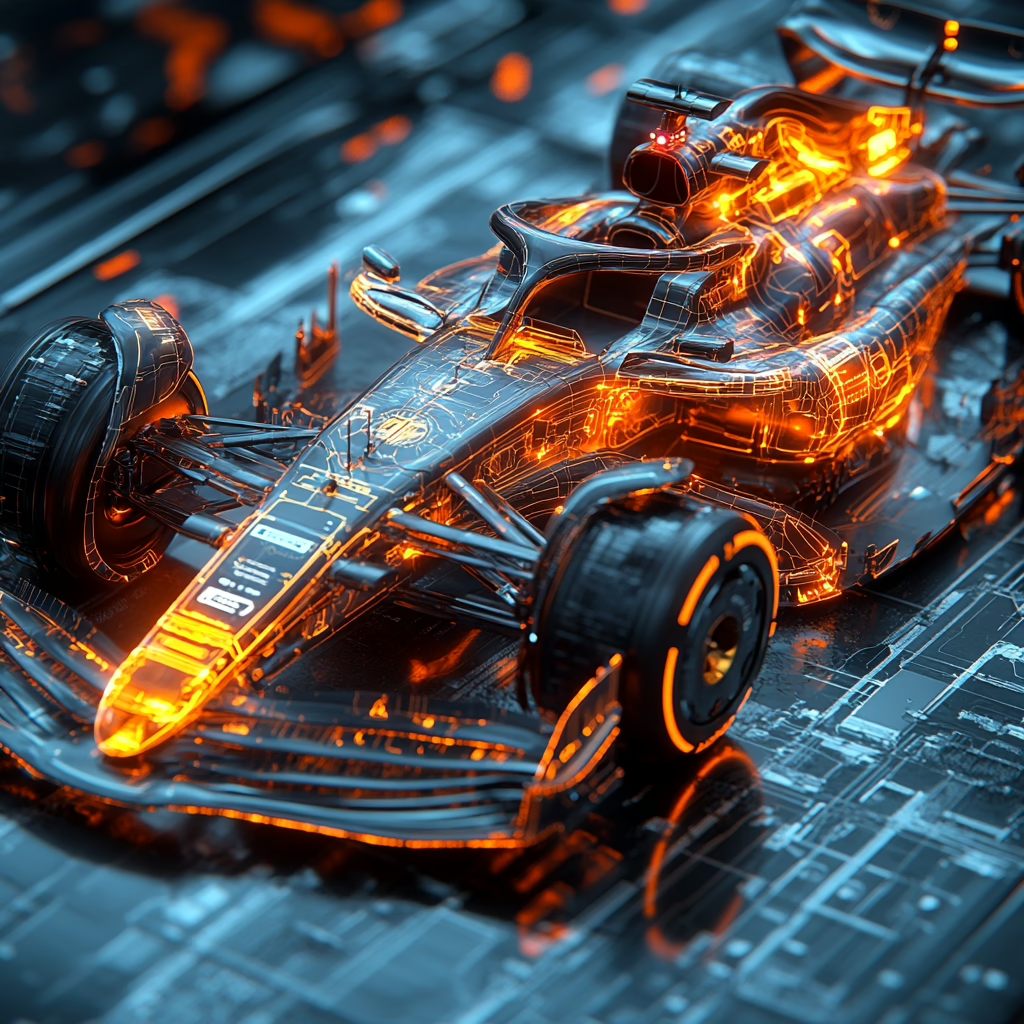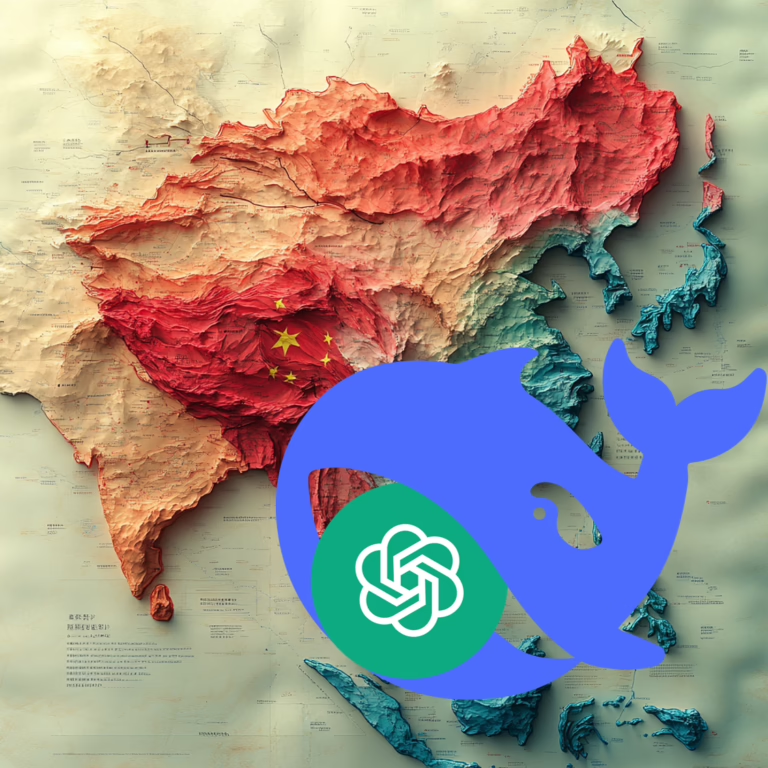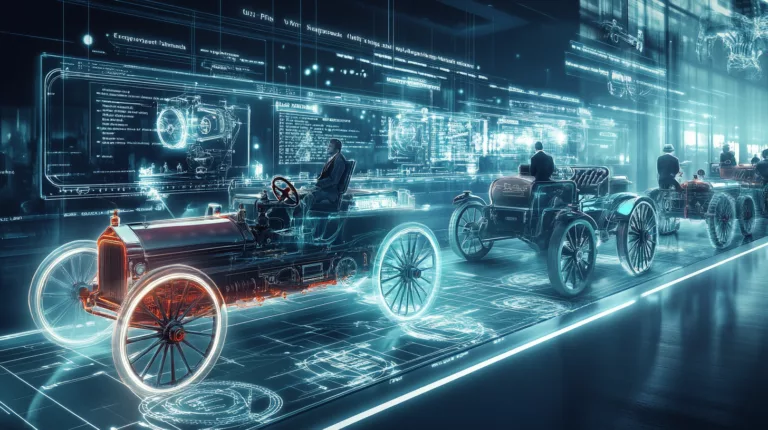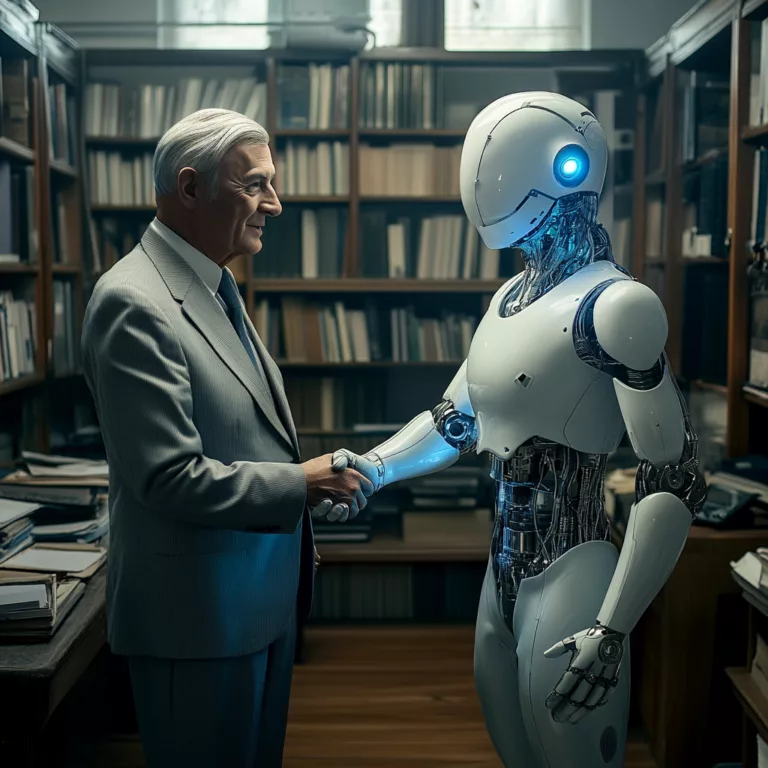The TRIZ evolutionary law describing the trend of systems towards increased dynamism and controllability is one of the most relevant principles for understanding technological evolution. This law explains how systems tend to become increasingly adaptable and adjustable over time, enabling better performance and greater flexibility.
What Do Dynamism and Controllability Mean?
A dynamic system can quickly adapt to changes in external or internal conditions. Controllability, on the other hand, is the ability to precisely regulate its functions to achieve desired outcomes. Technological evolution often follows this path: from rigid and static systems to dynamic and controllable solutions.
For example, a suspension bridge, initially designed to be static and robust, can evolve by incorporating technologies that continuously monitor its structural stability, adapting in real-time to weather conditions and load.
Real-World Examples of Dynamism and Controllability
- Adaptive Suspensions in Automotive and Aerospace Industries
Car suspensions have evolved from rigid systems (leaf springs) to adjustable suspensions. Today, many high-end vehicles use active suspensions that automatically adapt to road conditions and driving style. This not only improves comfort but also enhances safety and performance. - Smart Homes and Home Automation
Traditional home systems, like thermostats and lights, have been transformed into smart technologies. Smart thermostats, for instance, learn users’ habits and automatically adjust the temperature to maximize comfort and reduce energy consumption. This is a clear example of increased dynamism and controllability. - Aerospace Industry
Modern aircraft use fly-by-wire systems, replacing traditional mechanical controls with electronic signals. This system allows pilots to have more precise and dynamic control, improving flight safety and efficiency.
The Role of Dynamism in the Digital Age
With the advent of artificial intelligence and the Internet of Things (IoT), the evolution towards increasingly dynamic and controllable systems has accelerated. Consider, for instance, collaborative robots (cobots) that are increasingly used in our factories. These robots, designed to work alongside human operators, adjust their speed and force in real-time based on the context and the operator’s needs. This benefits productivity and, above all, safety.
How to Apply This Law to Innovation
- Evaluate Your System: Is it static or dynamic? Which parts could be made more adaptable?
- Integrate Control: Develop or add features that allow for more precise control.
- Adopt Advanced Technologies: Explore solutions such as smart sensors, artificial intelligence, and automation to improve your system’s adaptability.
Conclusions
Dynamism and controllability not only enhance a system’s performance but also make it more resilient and adaptable to changes. Every evolution in this direction represents a step towards efficiency and sustainability.
True innovation is not just about creating something new but making it dynamic and capable of responding to future challenges.







